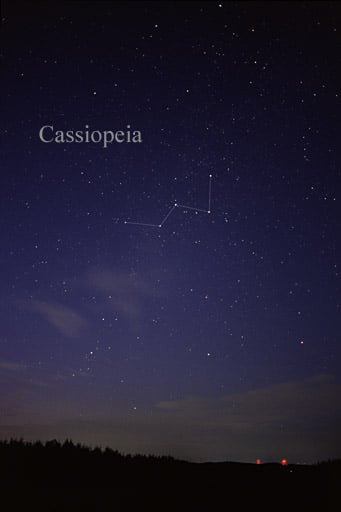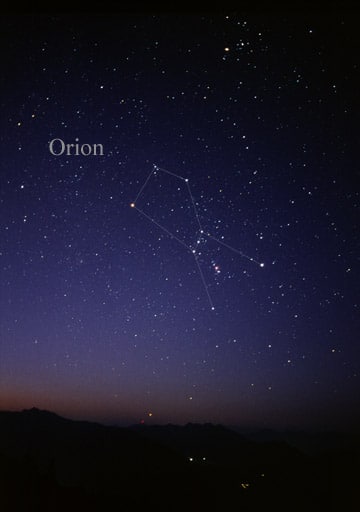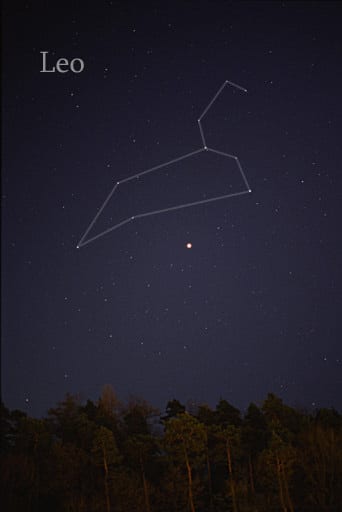Abstract
This lab report analyzes simple occurrences in the night sky
on the night of Wednesday, February 17, 2016. In order to get the best view of
the night sky, students drove to Baker Observatory in Marshfield, Missouri to
gather data. Locations of stars, planets, and the moon are recorded in order to
get a better understanding of the objects around us.
Introduction
Each section of the lab report assignment ranging from A to G
requires different pieces of information. Different skills learned in class,
such as using fingers and hands to measure degrees in the sky and using a
smartphone app to help identify stars, allowed us to uncover new information
about the sky. Using a variety of methods such as those mentioned gave us the
tools necessary to follow the questions in the lab packet.
Procedure
A. First, we used StarChart for Android to identify stars
and constellations. The app was loaded and the phone camera was then pointed to
the sky. As the user moved the phone around, the screen displayed labels for
the points visible above.
B. Next, we looked up to the moon and recorded its size,
phase, and location in the sky using our fingers and hands to estimate degrees.
C. Using StarChart again, we looked to the sky to identify
planets. Though they look like stars from Earth, the application allowed us to
differentiate between stars and planets. We also recorded the location using
StarChart and our hands as guides.
D. We located the Andromeda Galaxy with the naked eye and
also viewed it through a telescope to answer questions about its appearance.
E. This step was skipped, as we could not view the milky way
on this evening.
F. Using our eyes to spot the brightest, most apparent stars
in the night sky, we aimed StarChart at the points to identify their names.
StarChart also helped in recording their locations in the sky.
G. We then found Polaris, the north star, and recorded the
location and angle of the star in the sky. We compared the angle to
Springfield’s latitude, as Springfield is just next to Marshfield.
Results and Discussion
A. On Wednesday, February 17, 2016, the visible constellations included Cassiopeia, Orion, and part of Leo. Orion and Leo are both a part of the zodiac. Pictured below are the general shapes of the observed constellations:
[1]
 |
| [2] |
When looking at the moon this night, it was very difficult
to see stars near it. This is because the moon was reflecting a great deal of
light from the sun.
Looking at the moon from the ground at night is also
difficult because our eyes are not good at seeing such small details from so
far away. I was not able to identify maria or craters from the ground, though I
could tell there were darker and lighter spots on the surface.
C. On February 17th, I was able to find Uranus
and Jupiter in the night sky. These
observations were taken at approximately 8:40pm.
Planet
|
Azimuth
|
Altitude
|
Uranus
|
255°
|
20°
|
Jupiter
|
25°
|
7°
|
D. The Orion Nebula was visible from the ground and
Andromeda Galaxy was observed through a telescope this evening. They looked
fuzzy and were not pin points of light like a star would be. The Orion Nebula
was at about 210° southwest and 30° above the horizon at about 8:50pm.
It was difficult to tell that the galaxy was made up of 100
billion stars because it was fuzzy and faint. It could be inferred that it was
a group of stars in the sky, but because the points were not well defined, it
would be difficult to draw that conclusion without more information.
F. We found five stars that we believed to be the brightest
and their locations in the sky at about 9pm that evening are as follows:
Star
|
Azimuth
|
Altitude
|
Sirius
|
163°
|
34°
|
Capella
|
328°
|
79°
|
Betelgeuse
|
176°
|
60°
|
Rigel
|
170°
|
40°
|
Procyon
|
115°
|
50°
|
G. Polaris was located at 350° above the horizon with an
azimuth angle of 35°. Our estimate of Polaris’s location is very near what we
know to be Springfield’s latitude to be at -27.1950° N. To me, this suggests
that our view of a star in the sky is greatly affected by our location on
Earth. Assuming Polaris should be directly north, it would make sense to
conclude that our angle from what should be directly north influences how we perceive a star
or planet’s location in the night sky.
Resources
[1] taken from: http://www.artofmanliness.com/2014/07/16/15-constellations-every-man-should-know/
[2] from: http://favim.com/image/180402/



No comments:
Post a Comment